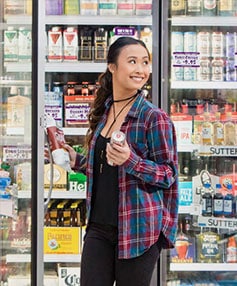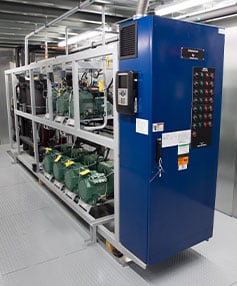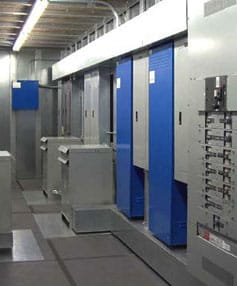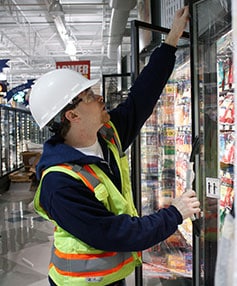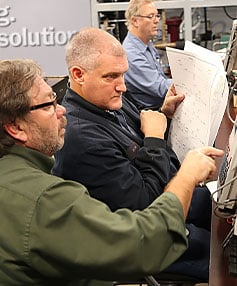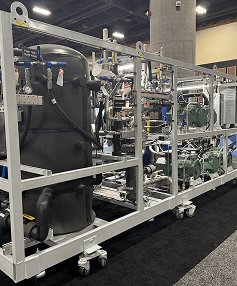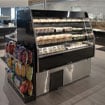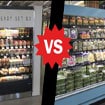100+ YEARS OF REFRIGERATION EXPERTISE AND COUNTING
Hillphoenix is a leading manufacturer of display cases, specialty products, commercial refrigeration systems, alternative refrigerants, CO2 refrigeration, power systems and comprehensive services for the food retail industry. We serve the Supermarket, Convenience Store, Dollar Discount Store, Drug Store, Food Service, Mass Merchandiser, Membership and Warehouse segments.
Food Retail and Supermarket Refrigeration
Our food retail commercial refrigeration systems and merchandising display cases are designed to maintain the highest standards in food quality and safety as well as providing retailers with the flexibility and customization options to create the best customer shopping and retail merchandising experiences.
CO2 and Sustainable Refrigeration Systems for Commercial and Industrial
Hillphoenix provides industrial refrigeration and commercial refrigeration solutions for retail and commercial businesses in multiple industry sectors, and we are the leader in CO2 refrigeration, eco-friendly refrigeration systems, and alternative refrigerants such as glycol, and propane.
Industrial Cold Storage: Our industrial refrigeration systems are designed to meet the needs of cold storage warehouses, distribution centers and other large footprint facilities, utilizing the the latest in sustainable refrigeration technologies and environmentally safe coolants, including glycol and CO2.
Food Processing Refrigeration: Hillphoenix food processing refrigeration systems solve the cooling challenges of food preservation, food safety, food integrity and more. Our food processing refrigeration is cost effective, energy efficient and is available in environmentally safe refrigerants.
Your Dependable Partner for Remodels
Our sustainable refrigeration solutions help food retailers boost efficiency, modernize their stores and broadcast their commitment to environmental responsibility. That’s exactly what happened when Cingari Family Markets ShopRite partnered with Hillphoenix on a recent remodel. The store upgraded to future-focused CO2 refrigeration systems and efficient, sustainable display cases. They were well prepared for each step, from planning to execution, to ensure a smooth transition, thanks to the support of the experts at Hillphoenix and dealer AMF. Watch the video to hear firsthand how this food retailer achieved their sustainability goals with full-store solutions from Hillphoenix.
CO2 Refrigeration and Sustainable Refrigerants
Hillphoenix leads the food retail refrigeration industry in advancing eco-friendly, sustainable refrigeration systems that use alternative refrigerants such as CO2, propane and glycol. Ralph’s Supermercado y Mayorista opened the first-ever CO2 (R744)-based supermarket in Puerto Rico in late 2024 using Hillphoenix solutions and expertise. This project included the installation of a CO2 system, display cases and a PowerWall power distribution and control system. Watch this testimonial video for a firsthand look at the historic store and an inside perspective on bringing the first CO2 store to the island.
Food Retail Merchandising Solutions
As the leader in CO2, R-290 and other natural refrigerants, Hillphoenix designs commercial food retail refrigeration systems as well as merchandising display cases that maintain the highest standards in food quality and safety. Our offerings also provide retailers such as Erewhon with flexibility and customization options to create the best customer shopping and retail merchandising experiences. Designed with our customers’ needs in mind, our commercial retail refrigeration and merchandising solutions incorporate industry-leading, energy-efficient refrigeration and lighting technologies. Watch this testimonial video to learn about Erewhon’s commitment to its customers, from the best products to the best refrigeration technology.
CO2 Refrigeration:
Hillphoenix Sustainable Refrigeration Systems and Display Cases
CO2 Refrigeration:
Hillphoenix Sustainable Refrigeration Systems and Display Cases
The leader in CO2 refrigeration and alternative refrigerants, Hillphoenix provides CO2 refrigeration systems for commercial, retail and industrial applications, specifically designed to meet the needs of your industry while increasing sales, saving energy, ensuring regulatory compliance, and reducing your environmental impact.
DID YOU KNOW?
Refrigeration Systems
How Does the Finalized AIM Act Rule Impact Your Operation?
Blog Post
Food Retail
New Frozen Foods Research Reveals Steady Shopping Behavior
Press Release
Future of Refrigeration
EPA AIM Act proposed rule for refrigeration regulations
Video




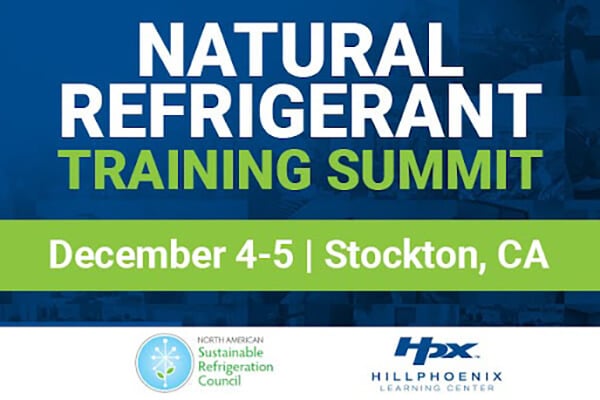 Natural Refrigerant Training Summit
Natural Refrigerant Training Summit
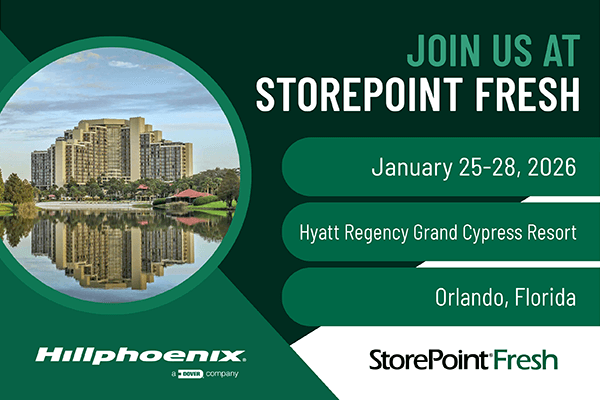 StorePoint Fresh
StorePoint Fresh
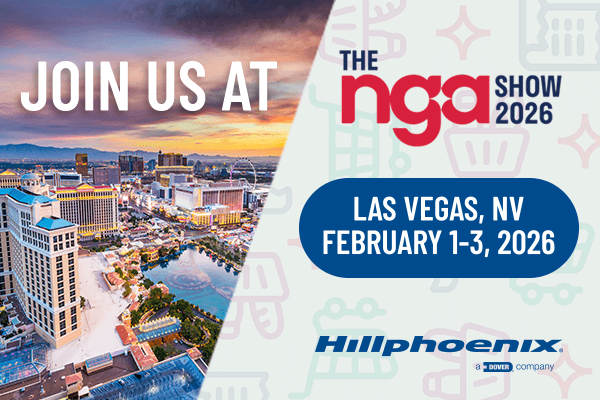 The NGA Show
The NGA Show
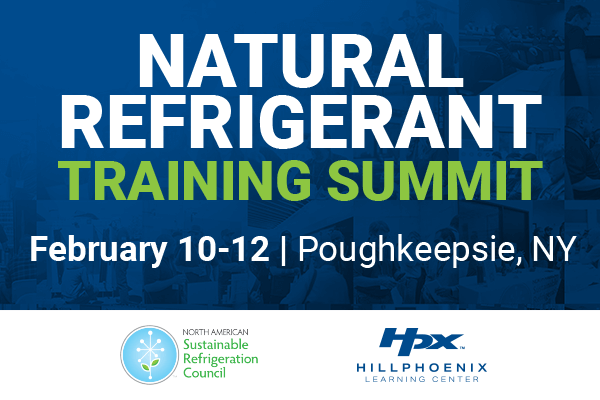 Natural Refrigerant Training Summit
Natural Refrigerant Training Summit
